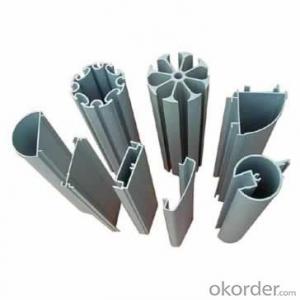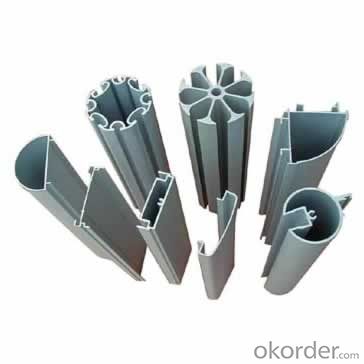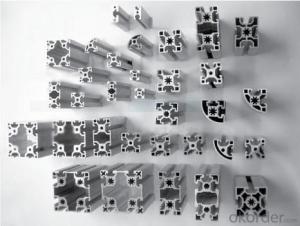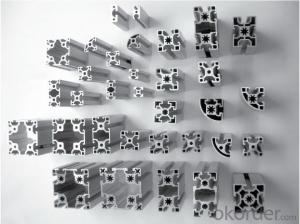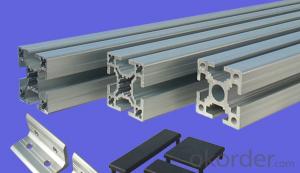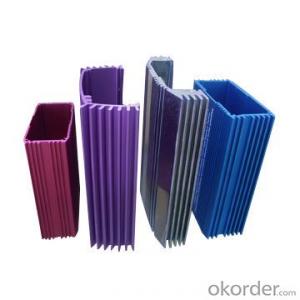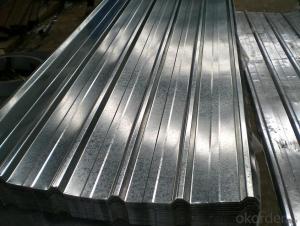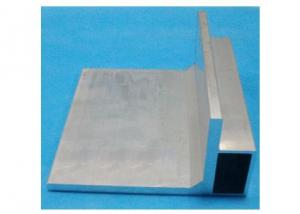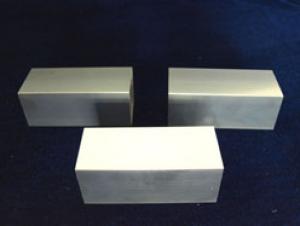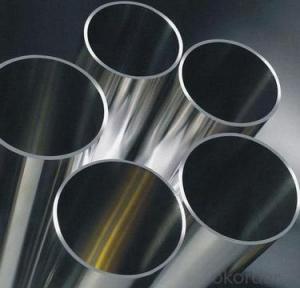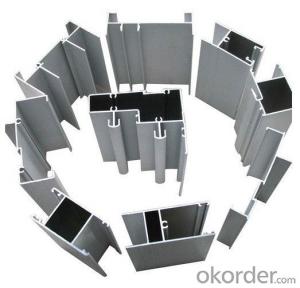Aluminum Profiles Uk with Different Surface
- Loading Port:
- China Main Port
- Payment Terms:
- TT OR LC
- Min Order Qty:
- -
- Supply Capability:
- -
OKorder Service Pledge
Quality Product, Order Online Tracking, Timely Delivery
OKorder Financial Service
Credit Rating, Credit Services, Credit Purchasing
You Might Also Like
Material | Alloy 6063,6061,6005or according to customer’s choice |
Temper | T3, T4, T5, T6 |
Surface | Anodize, electrophoresis, powder coating, PVDF coating, wood grain painting, matted, etc. |
Color | Any colour based on Standard Germany RAL Mark |
Length | Coating 6.5 meters, Anodizing 6.5 meters, Mill finish 5 meters |
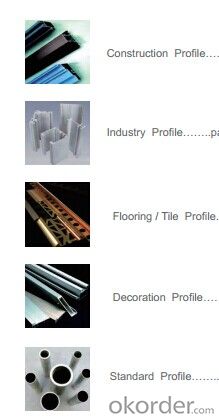
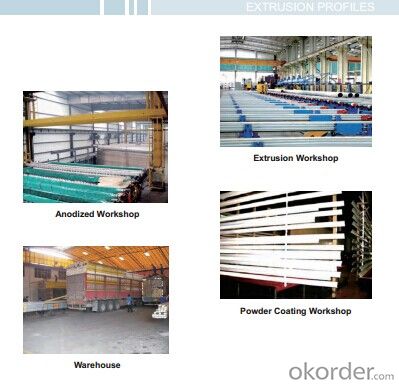
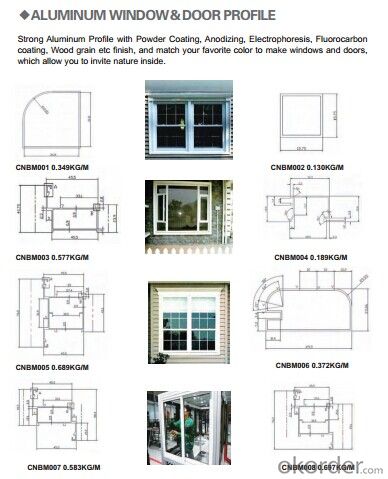
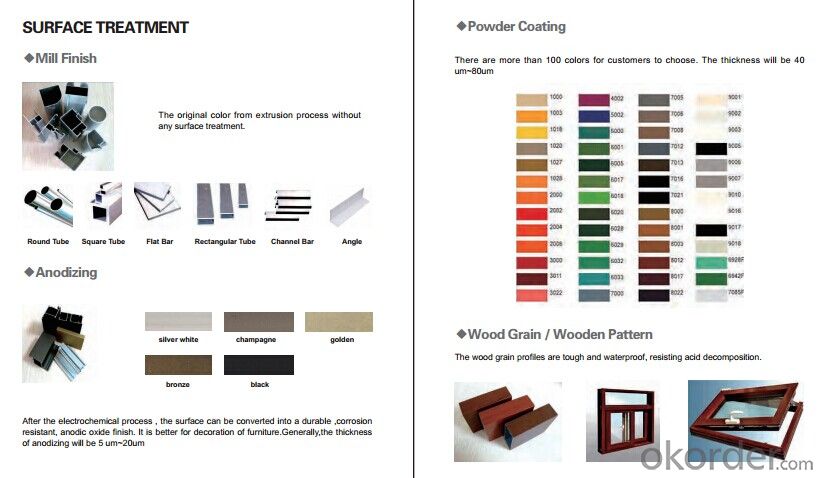
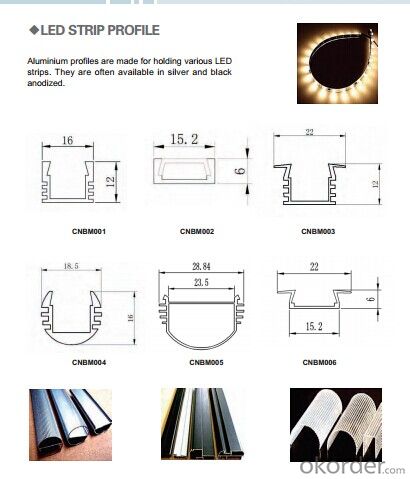
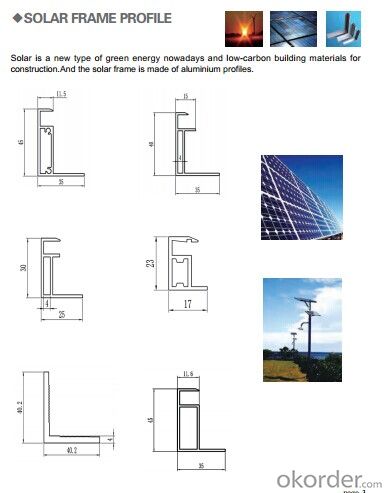
- Q: How do I choose the right aluminum profile for my project?
- When choosing the right aluminum profile for your project, consider factors such as the desired strength and durability, the specific dimensions and shape required, the intended application or purpose, and any particular aesthetic or design preferences. It is also important to evaluate the compatibility of the chosen profile with other components or materials that will be used in your project. Research and consultation with experts or suppliers can provide valuable insights and guidance in making an informed decision.
- Q: Who would like to know, aluminum radiator mainly used in which instruments or equipment, trouble to say more detailed points, thank you
- Application of aluminum radiator is quite extensive, you do not know where to, because he has the quality of light, and the price is reasonable, the general electronic instruments and equipment will be used, such as TV, audio amplifier, car circuit board, CPU computer graphics.
- Q: Can aluminum profiles be used in medical equipment manufacturing?
- Medical equipment manufacturing can utilize aluminum profiles. Aluminum, being both lightweight and durable, presents several advantages for medical applications. Its corrosion-resistant properties are particularly important in medical environments where equipment is frequently exposed to chemicals and sterilization processes. Moreover, aluminum profiles possess exceptional thermal conductivity, enabling efficient heat dissipation in medical devices. Additionally, aluminum profiles can be easily tailored to meet specific design requirements, facilitating the development of intricate and precise medical equipment. They can be machined, welded, and formed into diverse shapes and sizes, rendering them suitable for a wide array of medical applications, including surgical instruments, imaging equipment, patient beds, and wheelchairs. Furthermore, apart from its mechanical attributes, aluminum is environmentally friendly and recyclable, aligning with the increasing sustainability demands within the medical industry. It is non-toxic and does not emit harmful substances, ensuring the safety of patients and healthcare professionals. In conclusion, aluminum profiles offer a multitude of benefits for medical equipment manufacturing, encompassing durability, corrosion resistance, thermal conductivity, customization options, and sustainability.
- Q: Everybody good: please look at this section of the aluminum can not buy ready-made standard parts. If the mold needs to be opened, is it the extrusion process? About how much is the die charge?. Thank you.
- Is it ready to estimate?. Custom mold. If the simple section of the mold is about two thousand yuan (our company has many of these profiles on the outside to buy), the mold fee is in a certain amount can be returned.
- Q: This question asks for a comparison between aluminum profiles and other materials commonly used for roofing, focusing on their characteristics and performance.
- <p>Aluminum profiles for roofing are known for their durability, corrosion resistance, and lightweight nature. Compared to materials like steel, they are less prone to rust and offer a longer lifespan with minimal maintenance. When compared to traditional materials like wood or clay tiles, aluminum profiles are more resistant to weathering and do not rot or warp. They also have a high strength-to-weight ratio, making them ideal for structures that require lighter roofing materials. Additionally, aluminum profiles can be easily recycled, contributing to sustainability efforts. However, they may not offer the same aesthetic appeal as traditional materials and can be more expensive upfront.</p>
- Q: What are the different color options for aluminum profiles?
- Aluminum profiles come in a variety of color options, catering to different aesthetic preferences and functional needs. Here are some commonly chosen colors: 1. Natural aluminum: This option emphasizes the raw and metallic look of aluminum, giving it a sleek, modern, and minimalist appeal. 2. Anodized finishes: By undergoing an electrochemical process called anodizing, aluminum develops a protective layer that enhances its durability and resistance to corrosion. Anodizing also offers a wide range of color choices, including black, bronze, gold, silver, as well as vibrant shades of blue, red, green, and other colors. 3. Powder coating: Another popular method for coloring aluminum profiles involves applying a dry powder to the surface, which is then cured under heat to create a durable and visually appealing finish. Powder coating provides a vast selection of colors, including standard options, metallic finishes, and special effects like textures and patterns. 4. Painted finishes: Liquid coatings can be used to paint aluminum profiles, allowing for a broader spectrum of colors that can be customized to match specific design requirements. Painted finishes offer versatility and can be applied with different gloss levels, such as matte, satin, or high gloss. 5. Wood grain finishes: For those seeking a wood-like appearance without the maintenance that comes with actual wood, aluminum profiles can be finished with a wood grain pattern. This option combines the durability of aluminum with the warm and natural look of wood, providing a wide range of wood species and finishes. Ultimately, the choice of color for aluminum profiles depends on personal preference, architectural style, desired durability, and the overall design concept.
- Q: Features of aluminum profiles
- Corrosion resistanceThe density of aluminum profile is only 2.7g/cm3, about 1/3 of steel, copper or brass (7.83g/, cm3, 8.93g/, cm3), respectively. Aluminum can show excellent corrosion resistance in most ambient conditions, including air, water (or brine), petrochemical, and many chemical systems nductivityAluminum profile is often chosen because of its excellent electrical conductivity. On the basis of equal weight, the conductivity of aluminum is nearly two times that of copper.
- Q: Can aluminum profiles be used for staircases and handrails?
- Yes, aluminum profiles can be used for staircases and handrails. Aluminum is a versatile material that offers numerous benefits for these applications. It is lightweight, yet strong and durable, making it suitable for supporting the weight and providing stability for staircases and handrails. Additionally, aluminum is resistant to corrosion, allowing it to withstand exposure to moisture and humidity commonly found in these areas. Its versatility allows for various designs and finishes, making it a popular choice for both modern and traditional styles. Aluminum profiles also offer ease of installation and maintenance, making them a practical and cost-effective solution for staircases and handrails.
- Q: This question asks about the various materials used for insulation purposes when working with aluminum profiles.
- <p>Different types of insulation materials used with aluminum profiles include thermal insulation materials such as polyurethane foam, mineral wool, and polystyrene. These materials help in reducing heat transfer and maintaining temperature control. Additionally, electrical insulation materials like PVC, polyethylene, and silicone rubber are used to prevent electrical conductivity and protect against electrical hazards. Acoustic insulation materials like fiberglass and soundproofing foam are also used to reduce noise transmission through aluminum structures. Each type of insulation serves a specific purpose and is chosen based on the application's requirements.</p>
- Q: What do the 6063 and T5 represent in the aluminum profile 6063-T5?
- 5: the main alloying element is magnesium6: mainly add alloy elements for silicon and magnesium7: the main alloying elements are zinc and magnesium8: a new alloy that does not belong to the above alloy series2.2, second digits: an alloy that indicates the addition of alloying elements or impurities in the original alloy0: table alloy1: table original alloy by the first amendment2: table original alloy after second modifications2.3,
Send your message to us
Aluminum Profiles Uk with Different Surface
- Loading Port:
- China Main Port
- Payment Terms:
- TT OR LC
- Min Order Qty:
- -
- Supply Capability:
- -
OKorder Service Pledge
Quality Product, Order Online Tracking, Timely Delivery
OKorder Financial Service
Credit Rating, Credit Services, Credit Purchasing
Similar products
Hot products
Hot Searches
Related keywords
